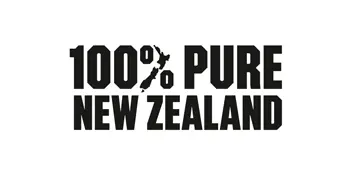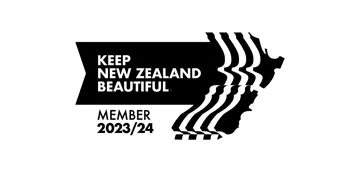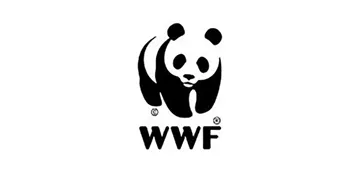Mt Ruapehu Eruptions

Ruapehu Erupted March 1945
Mt Ruapehu entered an eruptive phase in March 1945 after several weeks of volcanic tremors. The first indication of an eruption was reported on 8 March, with ashfall seen on the eastern slopes.
1945

1953 Tangiwai disaster
During the eruptions at Mt Ruapehu, a tephra dam collapsed on 24 December 1953, creating a lahar* that precipitated the Tangiwai disaster. The lahar* caused the Tangiwai railway bridge over the Whangaehu River to collapse as an express train was approaching, resulting in the tragic loss of 151 lives.
1953

1969 Moderate phreatic eruption
1969
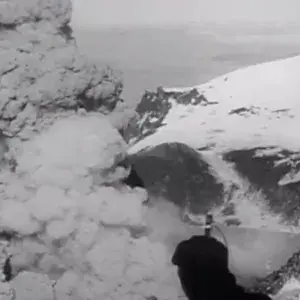
1975 Larger phreatic eruption
1975

1995 A significant eruption
Mt Ruapehu erupted on 18 September 1995, covering the summit with tephra* and triggered lahars*. A larger eruption on 23 September hurled rocks up to 1.5 km away, caused lahars in three valleys, and produced a 12 km high eruption column.
1995

2006 Hydrothermal eruption
Ruapehu erupted on 4 October 2006. This small eruption was marked by a magnitude 2.9 volcanic earthquake. No ash was erupted into the atmosphere, and the eruption was presumed to have occurred underwater.
2006
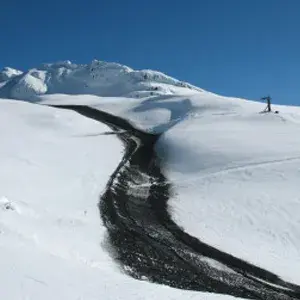
2007 A Surtseyan eruption
On 25 September 2007, a volcanic tremor was detected underneath Ruapehu, followed by an explosive Surtseyan* eruption. The eruption initiated lahars down the Whangaehu Valley and the Whakapapa skifield.
2007
Videos - Mt Ruapehu eruptions
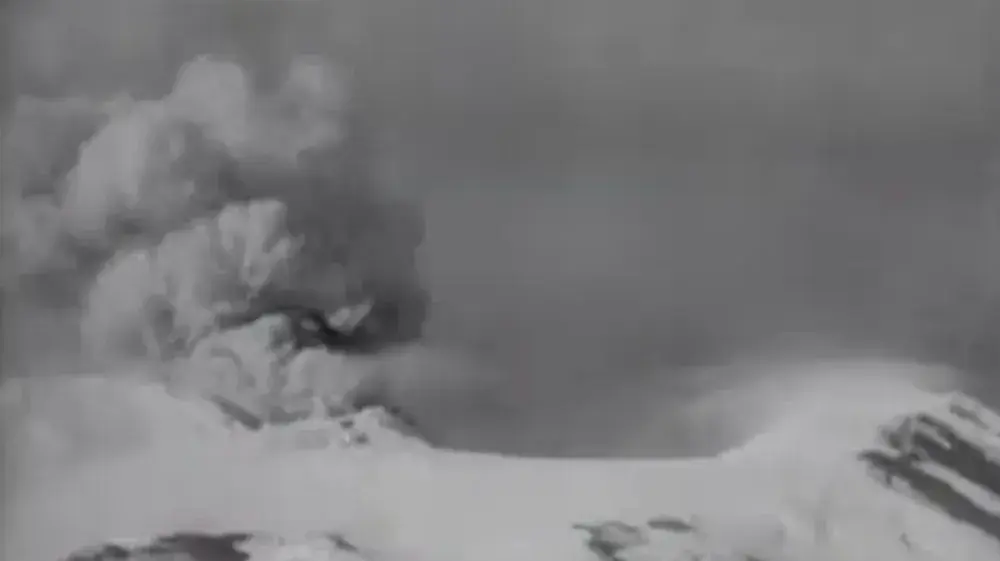
1945 Mt Ruapehu Erupts. Video courtesy of AP Archive.
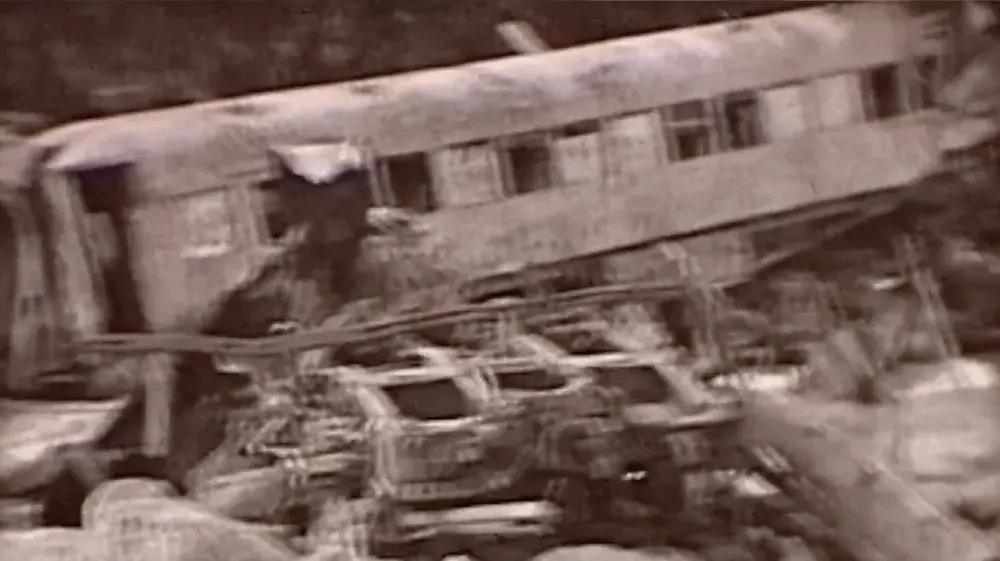
1953 Eruption – Tangiwai Disaster
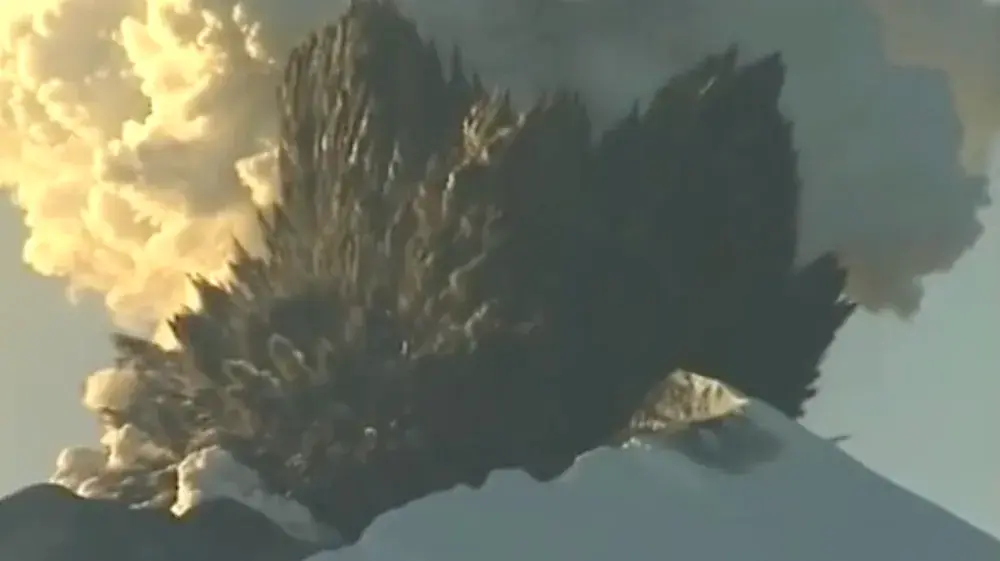
1995 Mt Ruapehu eruptions
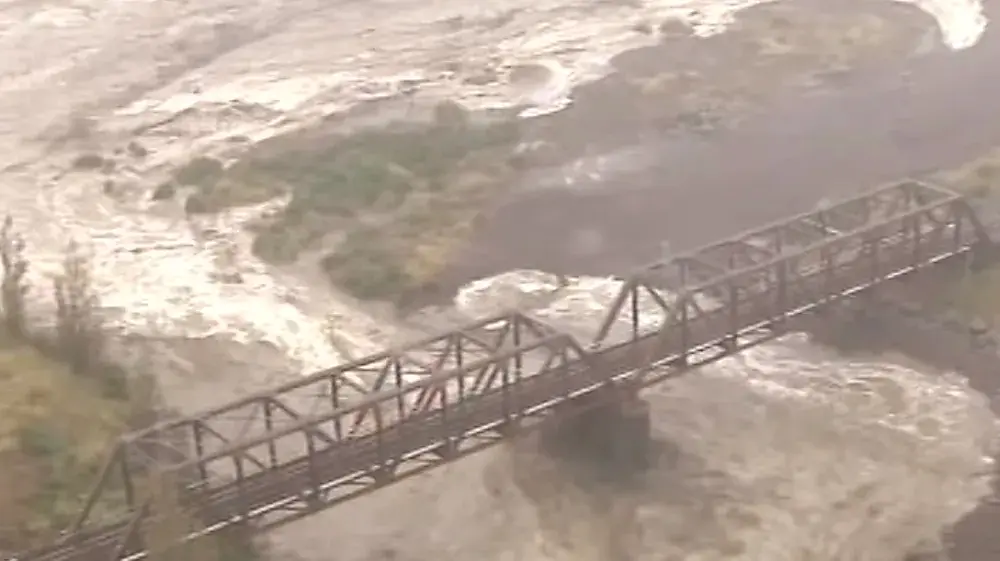
2007 Volcanic Lahar at Mt Ruapehu
What type of volcano is Mt Ruapehu?
Mt Ruapehu is a stratovolcano, a composite cone volcano formed by successive layers of andesite lava and ash deposits. It resulted from the subduction of the Pacific Plate beneath the Australian Plate. Mt Ruapehu is situated at the southern end of the Taupo Volcanic Zone within Tongariro National Park.
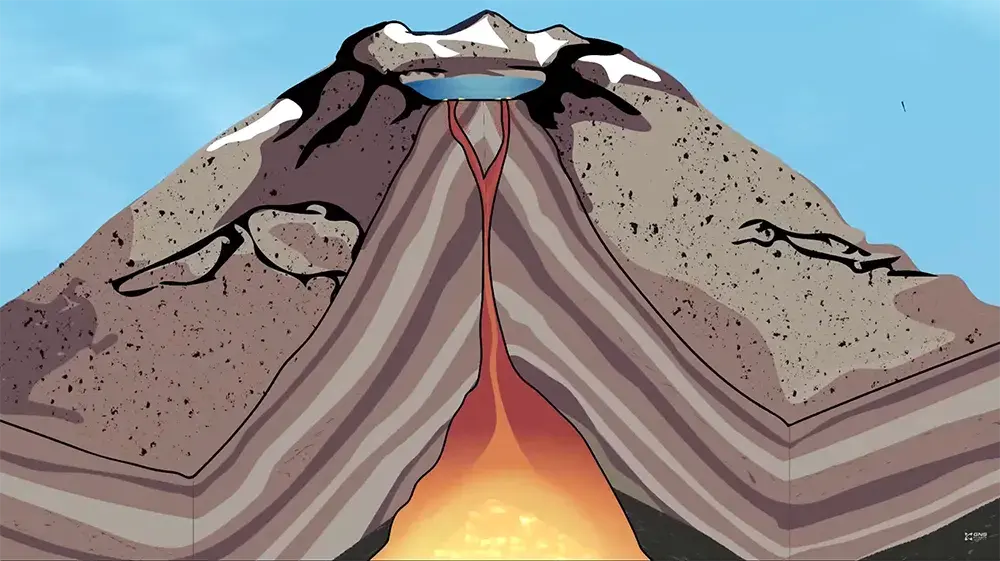
Image Sources
1945 Eruption: Eruption of Mt Ruapehu. Davis, Bruce Valentine, 1913-2003 :Photographs and negatives. Ref: 35mm-00702-b-F. Alexander Turnbull Library, Wellington, New Zealand. /records/23140068
1953 Eruption: Wreckage at the scene of the railway disaster at Tangiwai. Evening post (Newspaper. 1865-2002) :Photographic negatives and prints of the Evening Post newspaper. Ref: EP/1953/2617-F. Alexander Turnbull Library, Wellington, New Zealand. /records/23253369
1969 Eruption: The summit of Mt Ruapehu after the 1969 eruption, note the lahar path. GEO Net , New Zealand https://www.geonet.org.nz/news
1975 Eruption: Ruapehu crater during 1945, visitors were able to obtain a spectacular view of the eruption from the crater rim. https://teara.govt.nz/en/video/6862/ruapehu-crater-1945
1995 Eruption: Mt Ruapehu started to erupt in September 1995. This photograph shows one of the first eruptions, on 23 September 1995. https://teara.govt.nz/en/photograph/8691/explosive-eruption-mt-ruapehu
Notes
* A Surtseyan (or hydrovolcanic) eruption is a volcanic eruption in which shallow water interacts with lava. Surtseyan eruptions are the “wet” equivalent of ground-based Strombolian eruptions, but because they take place in water, they are much more explosive.

